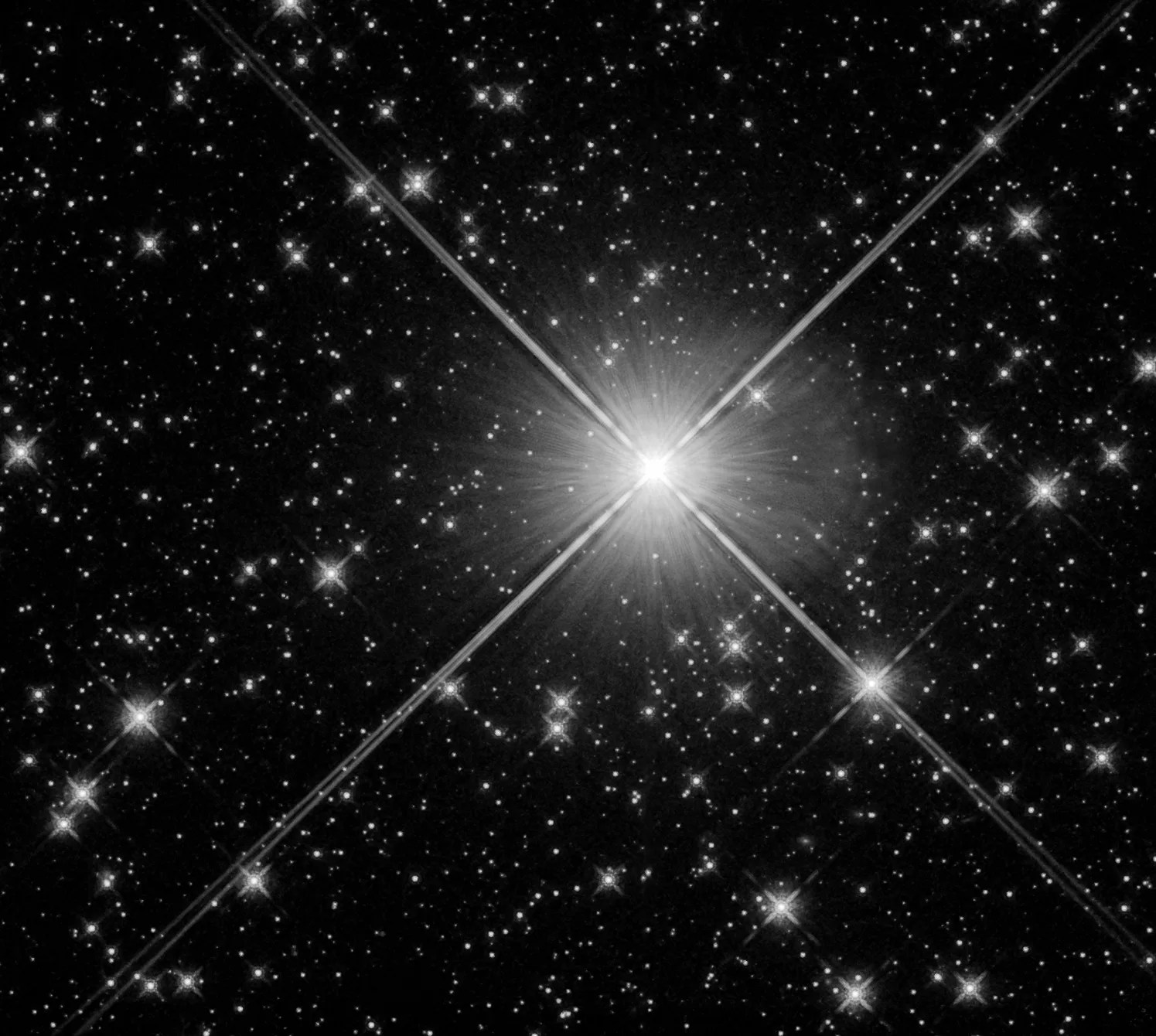Caldwell 89
This distant cluster is visible in binoculars as a blurry patch, and small telescopes can resolve some of its stars.
Distance
3,500 light-years
Apparent Magnitude
5.4
constellation
Norma
object type
Open Cluster
This shining collection of stars captured in infrared light by Hubble’s Wide Field Camera 3 is part of Caldwell 89, also known as NGC 6087. This open cluster consists of approximately 40 stars, the brightest of which (near the center here) is the variable star S Normae.
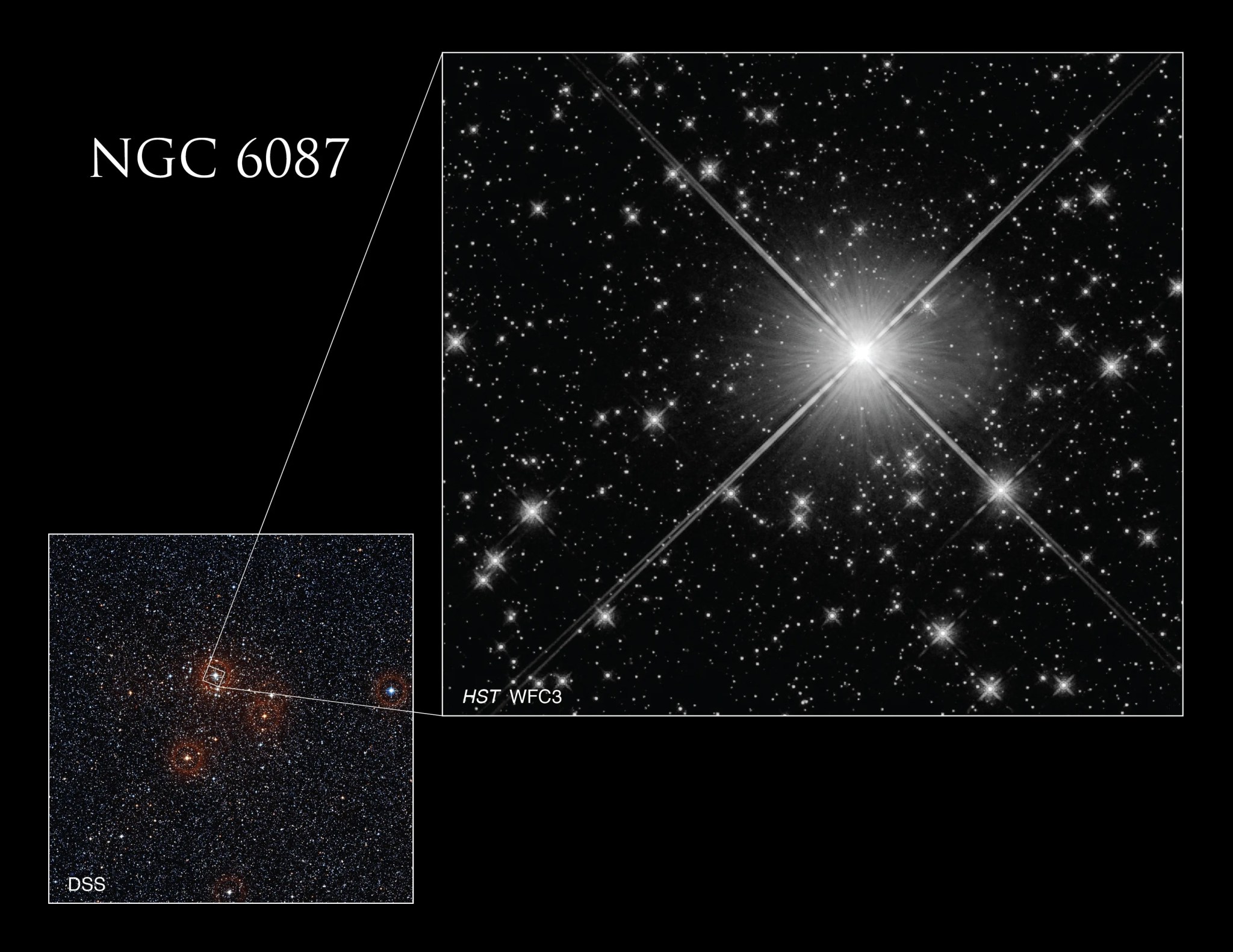
Cepheid variable stars like S Normae change brightness at a regular and predictable rate. There is also a relationship between a Cepheid’s pulsation rate and its intrinsic brightness. A Cepheid’s pulsation rate tells us how bright it truly is, so how bright it appears to us tells us how far away it is. (The farther a Cepheid is, the dimmer it appears.) This makes Cepheids important “standard candles” for measuring distances in the universe. Hubble’s observations of Caldwell 89 were made to improve the calibration of S Normae as a standard candle.
Caldwell 89 has an apparent magnitude of 5.4 and is located 3,500 light-years away in the constellation Norma. S Normae fluctuates between apparent magnitudes of 6.12 to 6.77 over an approximately 10-day period. The cluster visible in binoculars, and a small telescope can resolve some of its stars. Caldwell 89 is best observed in the Southern Hemisphere’s winter (or in summer for Northern Hemisphere observers close to the equator). It is not far from Caldwell 95 (NGC 6025), another open star cluster that’s about the same size and brightness.
Glossary
Apparent Magnitude - The brightness of an astronomical object as seen from Earth, influenced by the object's distance from Earth, its absolute magnitude, and even gas and dust that lie between the object and Earth.
Cepheid Variable Star - A star that pulses regularly, resulting in observable changes in its brightness; the star’s pulsation rate is related to the star's intrinsic brightness, which makes Cepheids important tools for measuring distances in the universe.
Open Cluster - A group of stars loosely bound by gravity, destined to be short lived because the gravitational interactions between members are weak enough that stars can be drawn away from the cluster by stronger gravitational forces.
Standard Candle - An astronomical object with a known absolute magnitude, allowing astronomers to precisely calculate its distance from Earth by measuring its apparent brightness.
Explore Hubble's Caldwell Catalog
The following pages contain some of Hubble’s best images of Caldwell objects.
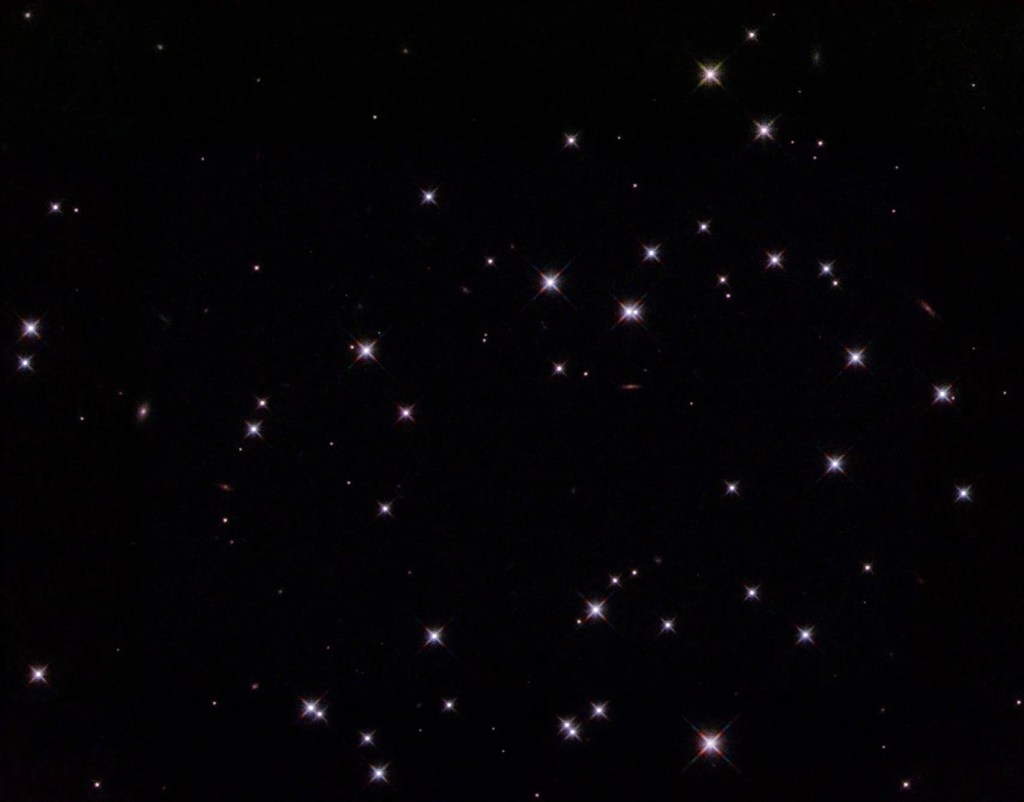
Also known as NGC 188, this group of stars formed from a large cloud of gas making the stars roughly…
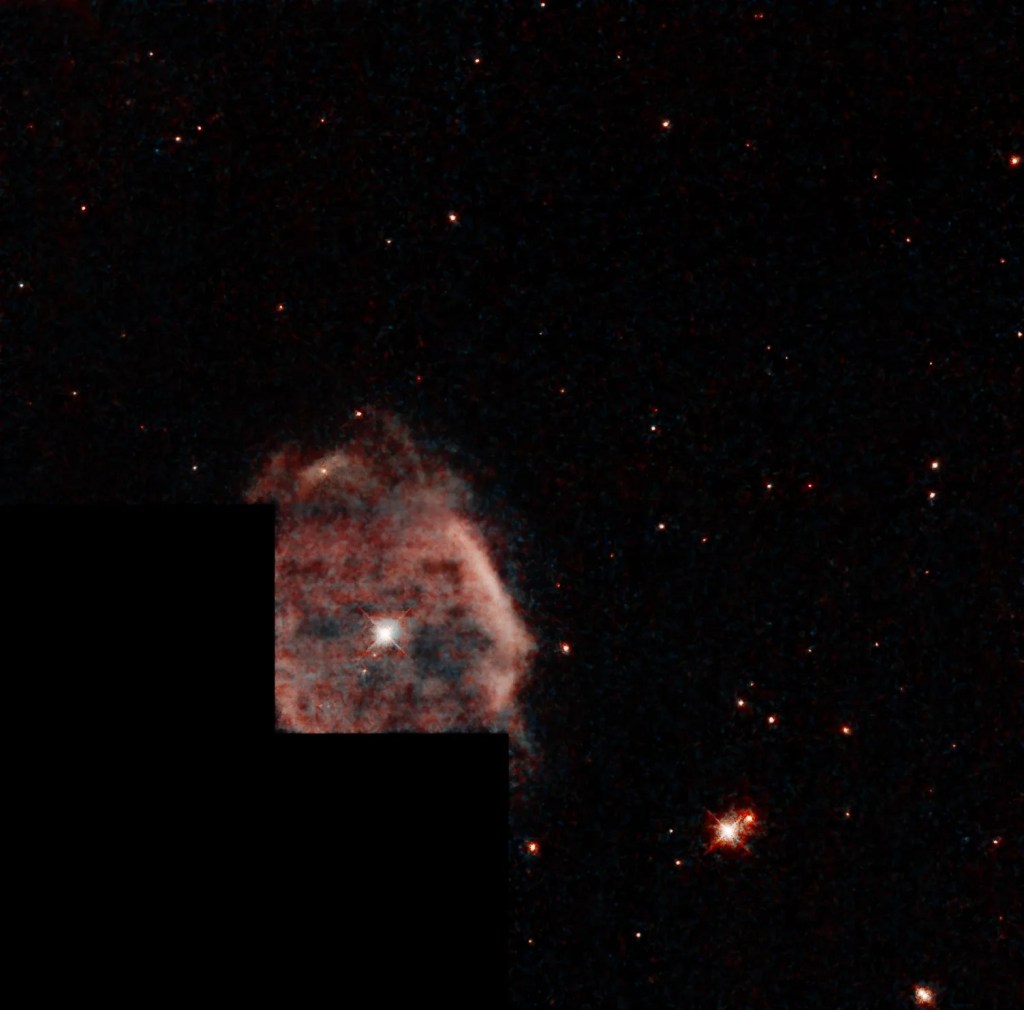
This shell of gas is expanding outward, away from the dying star within.
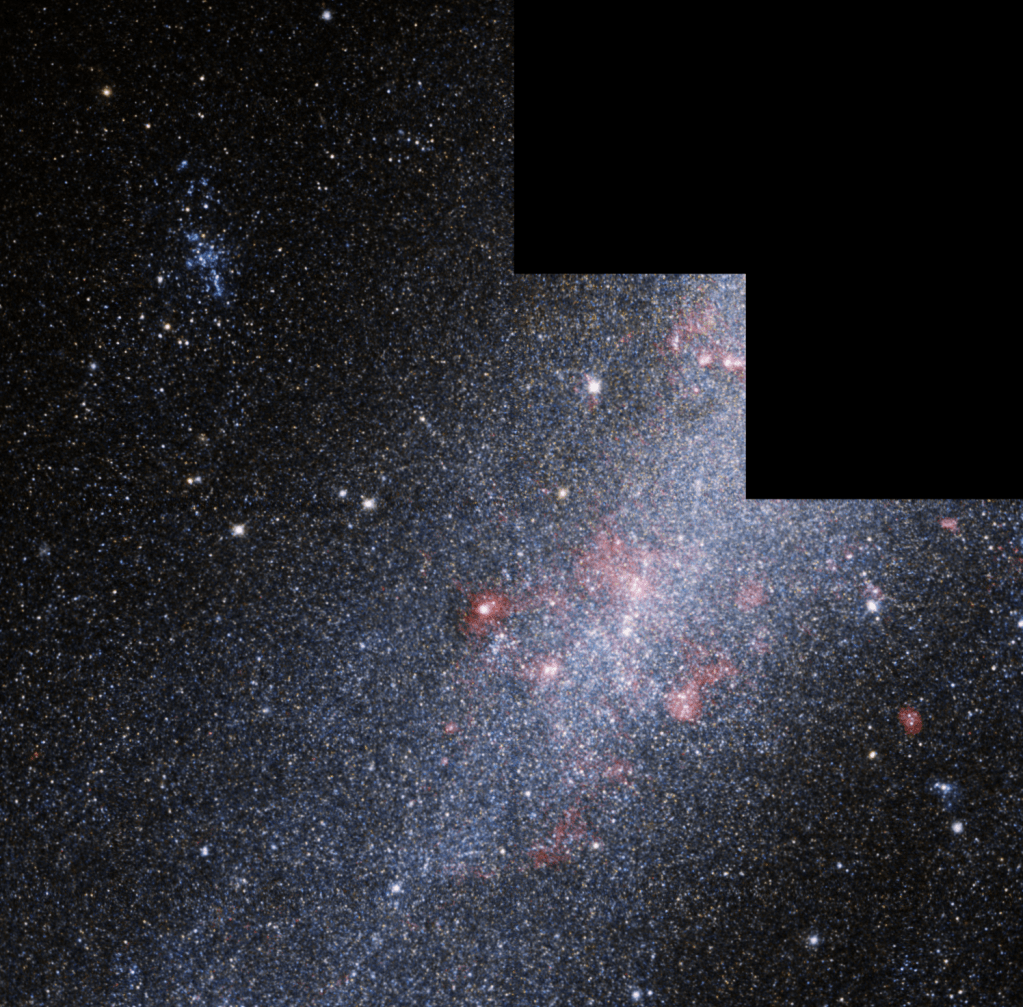
This barred spiral galaxy was first spotted by British astronomer William Herschel in April 1793 in the constellation Draco.





























